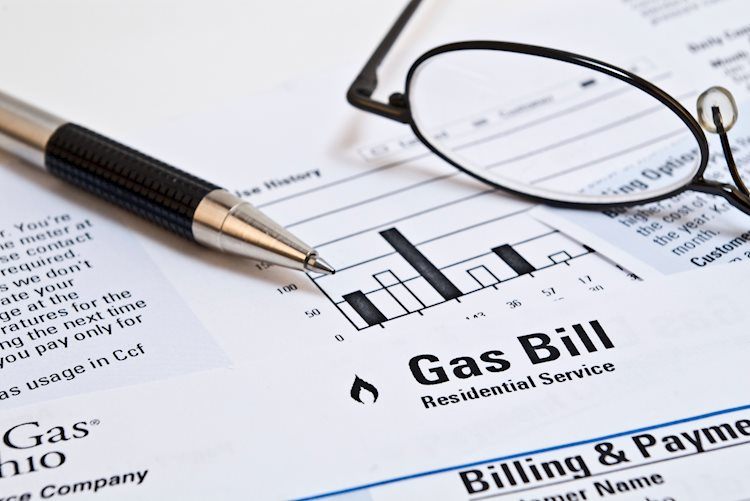Natural Gas prices are experiencing a losing streak for the ninth consecutive day, similar to a correction faced in February lasting ten days. Positive headlines from Israel indicate Prime Minister Benjamin Netanyahu assembling a diplomatic task force for negotiations with Hamas for a ceasefire and hostage exchange. This news has caught the market’s attention, shifting focus onto ongoing talks, although the war has not halted entirely. At the same time, the US Dollar Index is easing ahead of the Nonfarm Payrolls release, facing pressure after recent softer economic data and concerns about potential misses in the upcoming report.
As Natural Gas trades at $2.37 per MMBtu, news and market movers are contributing to sluggish demand. Chinese gas companies are selling LNG import slots publicly, indicating cooling demand for LNG. Additionally, rumors of a possible bid for Australian gas supplier Santos by Abu Dhabi National Oil Company (ADNOC) are circulating in the LNG industry. European gas prices decline leading to decreased volatility, affecting options traders. The Baker Hughes US Oil Rig Count announcement is expected to provide further insights into the market.
From a technical analysis perspective, Natural Gas prices may present a buying opportunity for adventurous traders. The Relative Strength Index (RSI) has not reached ‘oversold’ levels yet, suggesting potential for further downside. Traders could potentially look for buying opportunities as prices may bounce back up to $2.52, with key resistance levels at $2.52, $2.61, and $3.08. Support levels at $2.28 and $2.13 could offer buying opportunities if price levels reach these points.
Supply and demand dynamics are crucial factors influencing Natural Gas prices, impacted by global economic growth, industrial activity, weather patterns, competition from other energy sources, geopolitical events, and government policies. The weekly inventory bulletin from the Energy Information Administration (EIA) is a significant economic release affecting Natural Gas prices. Economic data from major consumers such as China, Germany, and Japan also play a role in determining supply and demand levels. Given that Natural Gas is primarily priced and traded in US Dollars, fluctuations in the value of the Dollar can impact Gas prices as well.
The role of the US Dollar as the world’s reserve currency affects most commodities, including Natural Gas, which are priced and traded in US Dollars on international markets. Fluctuations in the value of the Dollar influence the price of Natural Gas, with a stronger Dollar leading to lower prices and vice versa. It is essential to monitor economic releases impacting the US Dollar as they can have a significant impact on Natural Gas prices. Overall, a combination of economic factors, geopolitical events, and market dynamics play a crucial role in determining Natural Gas prices and trading opportunities.











